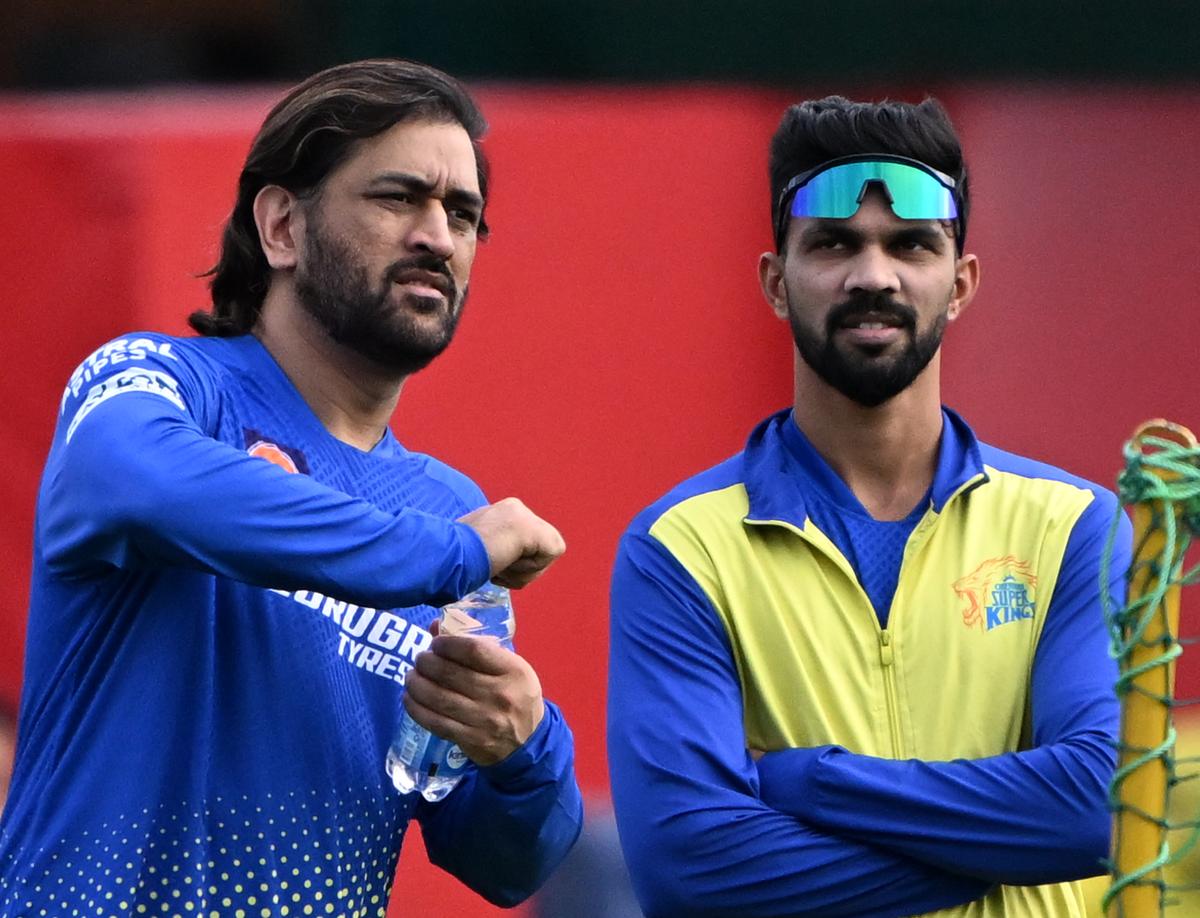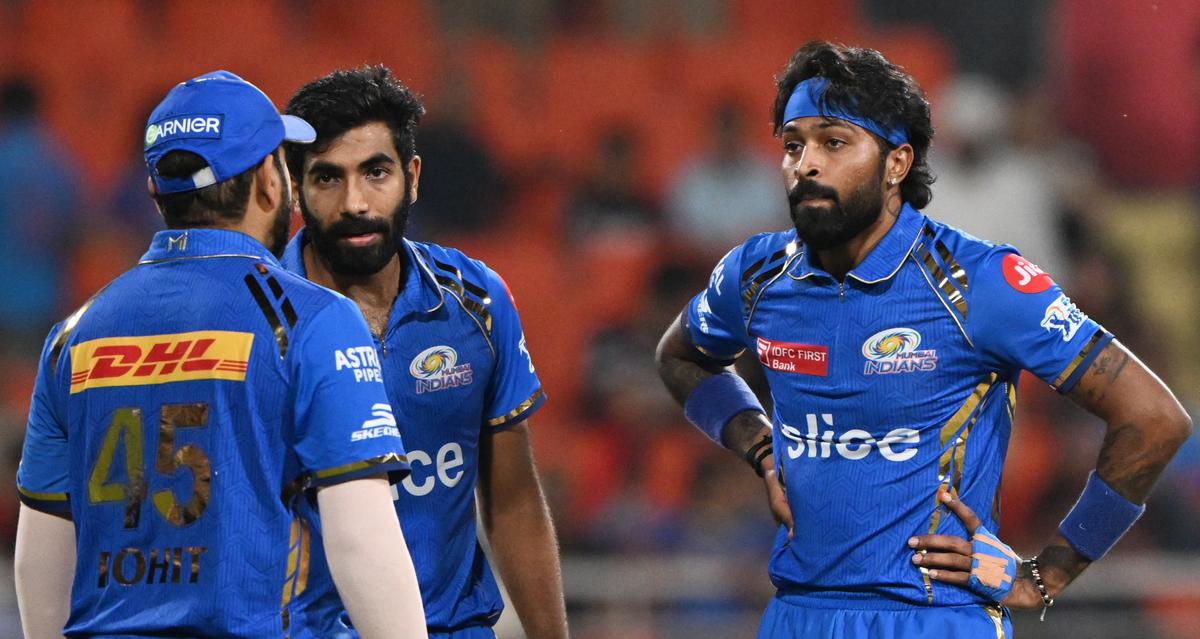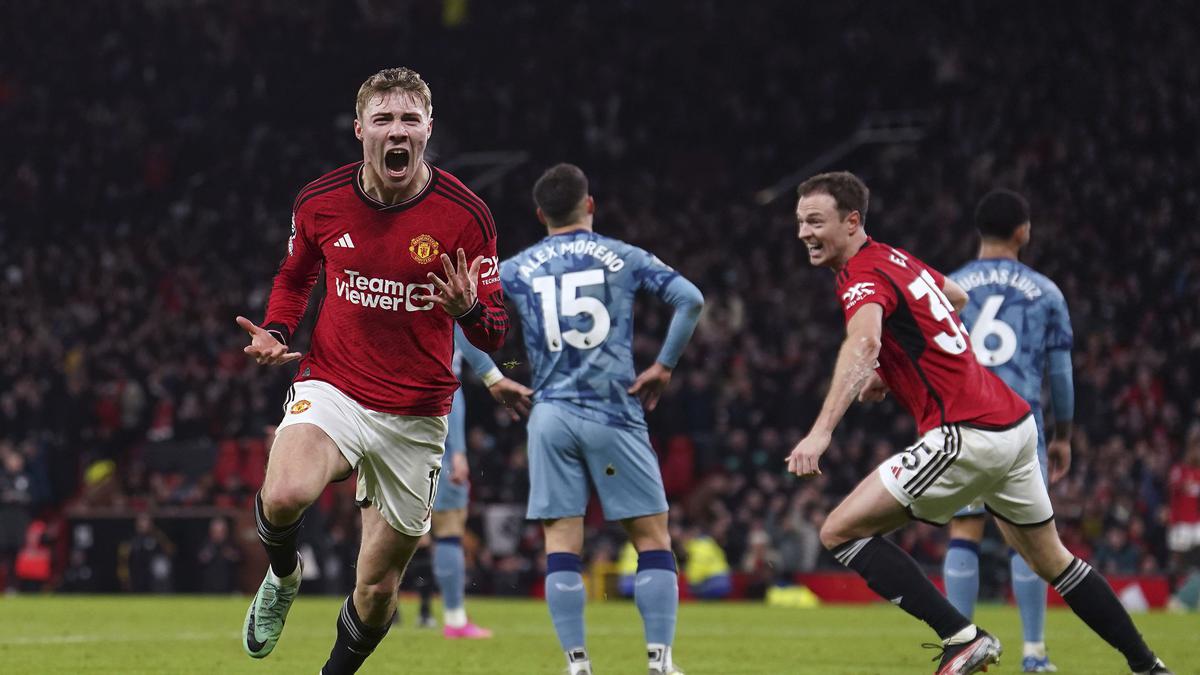Cricket is the only major team sport where the captain doesn’t sport an armband. It’s also the only sport where having (capt) against one’s name entails greater responsibility than merely turning up for the spin of coin and deciding whether to attack or receive, and which is the favoured end at the start of a contest.
Then again, there is captaincy, and there is leadership. Captaincy loosely translates to being on top of the game cricket-wise, in terms of understanding the conditions and the opposition, working out strategies, zeroing in on field placements, making bowling changes, sometimes revisiting the batting order to address the demands of the situation. Leadership is more far-arching, encompassing various non-sporting elements including but not limited to calmness under pressure, the propensity to lift the spirits of when things go south, and motivational and man-management skills which recognise that there is no one size that fits all.
Captaincy and leadership can’t, and shouldn’t, be mutually exclusive, but not all captains make good leaders. There are plenty of ‘fair-weather’ skippers whose outlook is bright and sunny when everything pans out according to plan, but who slip into lackadaisical indifference when plans come unstuck for one reason or the other. To be on top of one’s leadership game when doing the front-running is natural and uncomplicated; it’s adversity that tests the true mettle of a leader because it’s in a crisis that the rest look up to you for inspiration and encouragement.
Perfect amalgam
Before IPL 2024, few had pigeon-holed Shreyas Iyer as the perfect amalgam of captaincy nous and leadership skills and yet here he is now, only the eighth skipper in the tournament’s 17-year existence to lift the trophy. Shreyas ran an excellent campaign; there will be whispers that he was only doing the bidding of the team mentor (Gautam Gambhir) and the head coach (Chandrakant Pandit) and there will be an element of truth to that. After all, especially in T20 cricket, the coach becomes cricket’s equivalent of a footballing manager whose lot it is to draw up game-plans and alternative game-plans. The fast pace at which the action unfolds sometimes calls for a dispassionate, outsider view and that’s what the back-room staff sitting on the sidelines often provides, but no matter what, the buck stops with the captain.
Gujarat Titans captain Shubman Gill.
| Photo Credit:
VIJAY SONEJI
Some coaches, like Ashish Nehra, are firm believers in sending out explicit instructions, which not even a first-time skipper like Shubman Gill would have enjoyed. We are talking about international players, not 15- or 17-year-old kids who might require hand-holding in the nascent stages of their captaincy journey. There is something to be said for constant outside interference and suggestions/tips/orders that might be in direct conflict with the designated captain’s thinking, but that’s the direction in which T20 cricket, especially, might head going forward, what with data and analytics becoming as integral a tool in preparation as range-hitting and adding variations to one’s bowling repertoire.
Shreyas impressed with his composure and his poise under pressure, though truth to tell, Kolkata Knight Riders was seldom put under serious sustained pressure during most of IPL 2024. KKR lost just three of 14 matches – two of their fixtures were abandoned without a ball being bowled – and were an extraordinary force in the final week of the competition when they schooled Sunrisers Hyderabad twice in six nights. It might be tempting to point out that, given the resources at his disposal, Shreyas didn’t have the most challenging of tasks. After all, he had a gun opening combine in the blazing duo of Phil Salt and Sunil Narine, a charged-up No. 3 in Venkatesh Iyer, and a versatile, skilled, balanced bowling group with Mitchell Starc and Varun Chakravarthy at the forefront. But how often have we not seen a team packed to the gills with proven performers come unstuck in the heat of battle? How can captaincy not be a factor when a team runs as dominant a campaign as KKR did, brushing aside all-comers with the confidence and assurance of an outfit that knows that when it is purring along, it is well-nigh invincible?
Shreyas and Pat Cummins, a first-time IPL captain with Sunrisers Hyderabad, caught the eye the most and not necessarily because their teams finished 1-2. But unlike his KKR counterpart, Cummins is no stranger to captaincy, or leadership, having led Australia to the World Test Championship and 50-over World Cup titles in the last 12 months. That being said, leading a franchise brings vastly magnified and varied challenges compared to captaining a national side. By his own admission, Cummins didn’t know anything at the start of the tournament about many of the players that comprised the SRH family. It is to his great credit that he walked the extra mile to not just get to know their names and put faces to those names, but also to get to know them in the real sense in the limited time available, thereby nurturing a climate of trust and faith that manifested itself in exciting, exhilarating cricket.
Magnificent accomplishment
SRH had finished bottom of the pile last season, to finish runners-up 12 months on is a magnificent accomplishment that Cummins can, and must, be justifiably proud of. Daniel Vettori, the head coach, complemented rather than competed with him, the perfect recipe for success.

CSK’s Dhoni and Ruturaj before the IPL match against Punjab Kings
| Photo Credit:
MOORTHY RV
Of the other first-time skippers, Ruturaj Gaikwad stood out for his individualism and for not being fazed at stepping into the giant shoes vacated by Mahendra Singh Dhoni. If he was intimidated by Dhoni’s presence, Ruturaj did a great job of concealing it. He did seek out the legend for suggestions and ideas, obviously, but he didn’t crave for his approval or approbation. He sometimes had the ‘temerity’ to overlook Dhoni’s tips, but not out of spite or because he wanted to prove a point. Ruturaj might not have succeeded in steering his team to the playoffs, but there is every indication that he will get better with time. Crucially, the responsibility of leadership didn’t weigh him down when it came to his primary skillset, batting. The right-handed opener finished with 583 runs, the second highest in the tournament after Virat Kohli and nearly 200 runs ahead of Shivam Dube, Chennai Super Kings’ second-best batsman numerically.
Ruturaj avoided the banana skin that had tripped up Ravindra Jadeja’s flirtation with CSK’s captaincy a couple of seasons back with Dhoni preparing for life for the franchise after him. Where Jadeja seemed flustered and out of his depth, hurtling from one disaster to another, Ruturaj negotiated the potential pitfalls with dexterous nimbleness, portents of a long, strong alliance.

MI players Rohit, Bumrah with captain Hardik.
| Photo Credit:
MOORTHY RV
Which brings us to the elephant in the room, aka Mumbai Indians and Hardik Pandya. The latter wasn’t a first-time captain in the real sense, having led Gujarat Titans to the title and to a final in their two years of existence. But it was his first taste of captaincy at a franchise where he cut his teeth as a cricketer, and by no accounts was this a happy homecoming.
Contentious, controversial
The transfer of captaincy from the popular and universally liked Rohit Sharma to Hardik was both contentious and controversial, perhaps not helped by the manner in which the leadership succession was handled by the franchise. Hardik was well within his rights to seek MI’s captaincy when he was traded from GT; with an eye on the short- and long-term future, MI had every reason to effect a change at the top, even though Rohit had marshalled five glorious winning campaigns. The whys of the decision were anything but questionable, but the hows most certainly have been.
Without verbalising his misgivings, Rohit made it amply clear that he wasn’t amused at being deposed as captain. That the change was effected not long after he led India to the final of the 50-over World Cup, and thrilled millions of fans with his wondrously attacking batting, incensed the followers of the franchise, who turned their ire on Hardik, perhaps unfairly. The ace all-rounder was roundly booed at most venues, not least at MI’s home, the iconic Wankhede Stadium. The belief that these emotional boos would settle as the season unspooled proved ill-founded; as MI stumbled from one loss to another, Hardik was catapulted to villain No. 1, and it reflected in his returns as both batter and bowler.
It perhaps didn’t help that Hardik had to run a house divided. At various times, it appeared as if all the players were not on the same page, even though they were united by the common goal of victory. Having been on top of his game in every sense at GT, Hardik looked lost and bereft of ideas, often cutting a solitary, lonely figure with Rohit banished to the boundaries he hasn’t manned for a long time. He wouldn’t be human if that didn’t play on his mind; for all his breezy exterior, Hardik must have felt the world was unfairly picking on him, which might explain modest dividends of 216 runs and 11 wickets in 14 matches.
The dynamics will change next week in New York when Hardik lines up as Rohit’s deputy at the T20 World Cup. Rohit is far too seasoned to let the bitterness of the past cloud the immediate task at hand; after all, his brand of leadership needs no elaborate detailing, though he won’t be alone in feeling that a global title will complete his legacy.


